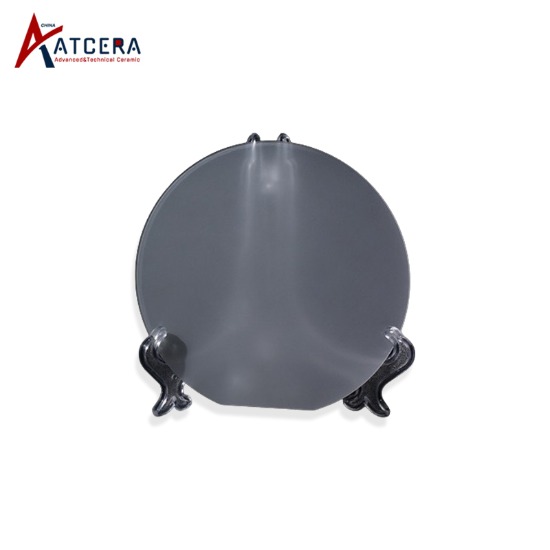Essendo un nuovo materiale con eccellenti proprietà ottiche, la ceramica trasparente ha mostrato un grande potenziale applicativo in finestre ottiche, dispositivi laser, sensori ad alta temperatura e altri campi. Nel processo di preparazione, la tecnologia di stampaggio è uno degli anelli chiave che influisce direttamente sulle prestazioni e sulla qualità del prodotto finale. Tra i tanti metodi di stampaggio, la pressatura a secco è diventata un metodo di stampaggio popolare nella preparazione di ceramiche trasparenti grazie al suo funzionamento semplice, al basso costo e all'elevata efficienza produttiva. Questo documento mira a discutere il principio di base, il processo operativo e l'applicazione della tecnologia di pressatura a secco nella preparazione di ceramiche trasparenti e ad analizzare come migliorare la qualità del grezzo ceramico ottimizzando il processo di formatura.

Il principio di base e il processo di pressatura a secco
Posizionando la polvere (che può essere regolata aggiungendo una quantità adeguata di solvente) dopo il trattamento di granulazione con macinazione a palle nello stampo, applicando una certa pressione per formare un verde ceramico con una forma e una resistenza specifiche.
Il metodo è facile da utilizzare, adatto alla produzione di campioni ceramici trasparenti di piccole dimensioni e di forma semplice e presenta un significativo vantaggio in termini di costi.
Tipo e distribuzione della densità della pressatura a secco
La pressatura a secco è divisa in due tipi: pressatura unidirezionale e pressatura bidirezionale. La pressione unidirezionale applica la pressione solo da un lato, mentre la pressione bidirezionale applica la pressione da entrambi i lati.
Nel processo di pressatura a secco, la densità del materiale vicino al lato di pressione è maggiore e la densità lontano dal lato di pressione è inferiore, con conseguente distribuzione non uniforme della densità all'interno del corpo. Questo fenomeno richiede un controllo rigoroso della velocità di stampaggio per ridurre la differenza di densità e garantire la qualità del pezzo grezzo in ceramica.
Strategie per ottimizzare il processo di pressatura a secco
Per ottenere un grezzo ceramico trasparente di alta qualità, è necessario ottimizzare i parametri di stampaggio, come la regolazione della pressione, della velocità di stampaggio e del design dello stampo, in modo da migliorare l'uniformità della densità all'interno del grezzo.
L'uso di materiali e design avanzati per stampi, nonché il controllo preciso della distribuzione delle dimensioni delle particelle e del contenuto di acqua nel processo di trattamento delle polveri, sono anche un modo efficace per migliorare l'effetto dello stampaggio con pressa a secco.
Riassumendo, la tecnologia della pressatura a secco occupa una posizione importante nel campo della preparazione della ceramica trasparente con i suoi vantaggi unici. Attraverso una comprensione approfondita del principio di base della pressatura a secco, combinata con l'accumulo di esperienza e innovazione tecnica nel funzionamento reale, il problema della distribuzione irregolare della densità all'interno del corpo grezzo può essere risolto efficacemente e la qualità finale e le prestazioni della ceramica trasparente può essere ulteriormente migliorato. In futuro, con il continuo progresso della scienza dei materiali e della tecnologia di stampaggio, si prevede che la tecnologia di stampaggio a pressa a secco svolgerà un ruolo più critico nella preparazione di ceramiche trasparenti e altri materiali ceramici avanzati e promuoverà lo sviluppo sostenibile e l'innovazione delle industrie correlate.

























